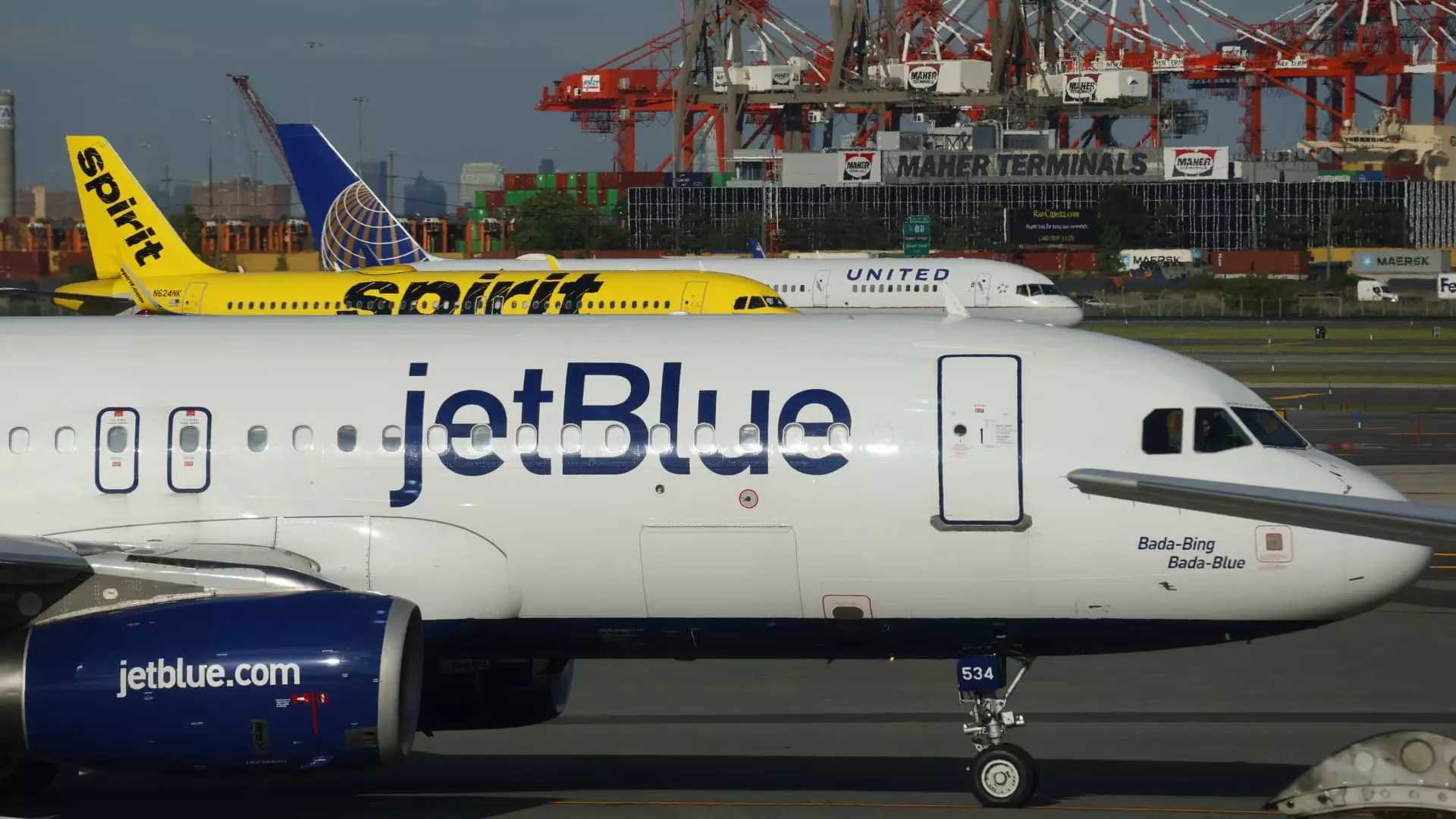The airline industry, particularly among low-cost carriers, is experiencing a significant pivot as financial realities force airlines to reassess their growth strategies. After years of anticipation for new aircraft deliveries, many budget airlines are now putting plans on hold to better manage cash flow and navigate the ongoing turbulence of the market. This article delves into the current state of the industry and analyzes the reasons behind these drastic changes, revealing a complex interplay of competitive pricing, operational challenges, and the lingering effects of past supply chain disruptions.
The resurgence of travel demand post-pandemic had initially led to optimism among airlines. However, for many low-cost carriers like Spirit Airlines, JetBlue Airways, and Frontier Airlines, financial reports are revealing a different reality. These airlines have not turned a profit since 2019, while larger carriers have successfully returned to the black. The primary contributors to this trend include lowered ticket prices and escalating operational costs. A recent report by fare-tracker Hopper highlights that average roundtrip airfare in the U.S. has decreased by 8%, now averaging $240, a trend that significantly impacts smaller carriers whose revenue is tightly linked to ticket prices.
As airlines increased flight offerings to attract customers, they inadvertently contributed to an oversupply in the market. Frontier Airlines’ CEO Barry Biffle noted, “You have too much supply, so it’s natural for us as an industry to reduce the supply.” Such oversaturation has prompted companies to rethink their aircraft acquisition strategies, with Frontier opting to defer the delivery of 54 Airbus aircraft until at least 2029.
The challenges of consistently managing an efficient fleet have been exacerbated by lingering delivery delays and engine recalls, particularly from Pratt & Whitney, a leading aircraft engine manufacturer. Airlines, facing fewer available planes, are grappling to make strategic decisions under pressure. For instance, JetBlue’s CEO Joanna Geraghty highlighted the precarious balance between needing new planes to support growth while being wary of adding to a ground fleet already beset by engine issues. “Taking delivery of aircraft that end up sitting on the ground significantly worsens the problem,” she remarked.
Spirit Airlines finds itself in a similar predicament. After having plans for acquisition by JetBlue collapse, the carrier is now working to stem losses of nearly $192 million, a drastic fall compared to previous losses. In reaction, Spirit has deferred its entire order of Airbus aircraft, further signaling the airline industry’s cautious approach amidst uncertainty.
As budget airlines pull back from new aircraft purchases, lease rates for existing aircraft are soaring. Aviation consulting firm Ishka reports record lease rates for both new Airbus A320 and Boeing 737 Max planes, with monthly costs reaching up to $430,000 and $375,000, respectively. This trend in leasing illustrates a fundamental shift in how budget airlines are reevaluating their fleet strategies. Instead of purchasing new aircraft outright, many are choosing to engage in sale-leaseback arrangements that provide immediate cash flow while retaining aircraft utility.
Amidst this financial recalibration, major manufacturers like Boeing and Airbus continue to face production challenges. Issues such as skilled labor shortages and defective parts are hampering their ability to meet delivery demands, which remains a pressing concern even amid robust order backlogs. Airbus currently has an astounding 7,000 orders pending for its A320 family, while Boeing is grappling with nearly 4,200 orders for the 737 Max.
The future of the airline industry appears temperate as low-cost carriers navigate through this uncertain economic environment. Executives across various airlines have been candid about the impacts of delivery delays on their operations, with many citing a halt to expansion plans and hiring until stability is regained. Southwest Airlines’ CFO Tammy Romo emphasized their focus on cost management amid delivery discrepancies in their fleet plans.
With airlines now prioritizing financial sustainability over aggressive growth, it remains to be seen how this evolution will reshape the competitive landscape. As they adapt to these new realities, the low-cost airline sector must balance the need for fleet modernization with the imperative of maintaining financial health.
The current challenges facing low-cost carriers are multifaceted, stemming from reduced demand for air travel, increased operational costs, and conflicting needs for fleet growth. Airlines are opting to defer aircraft deliveries and rethink their growth strategies in light of economic realities. The industry is poised for transformative changes that could redefine competitive dynamics in the future. As the dust settles, those airlines adapting most effectively to these shifts may emerge stronger and more resilient in an ever-evolving market.


Leave a Reply